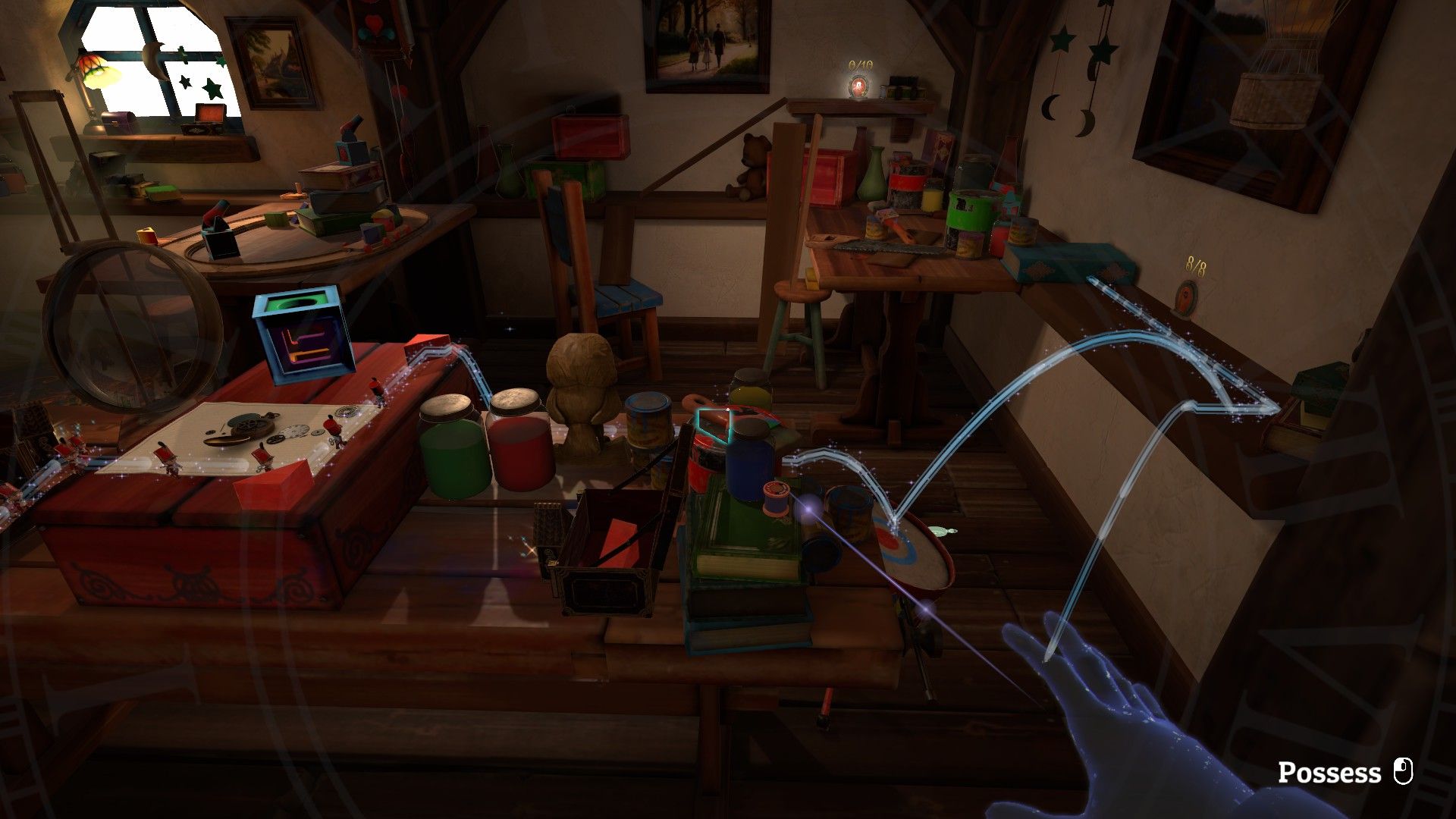Quick Links
Tin Hearts is a heartfelt puzzle game that boasts a lot of ambition, but it runs into a bit of trouble along the way to its lofty goals. Developed by Rogue Sun and published by Wired Productions, this title marches clockwork soldiers through environments that players control, requiring clever manipulation to see their paths end at each level's proper exit.
With a development team led by veterans of Fable development, Tin Hearts relies on the creative potential of this premise to find fun in re-routing soldiers and causing chain environmental effects. Some stretches of the game rise admirably to this challenge, while others feel more stifling than inspired.
Uneven Gameplay With Some Decent Payoff
The opening levels of Tin Hearts are the weakest, taking tutorialization as a much too solemn duty. Players will spend at least an hour of the game doing little more than shunting soldiers from angle to angle, with drip-fed mechanics initially doing little to utilize 3D environments or spark any imagination. Although the simplicity of Act I may be necessary to guide younger players into the experience, its length and repetition are difficult to forgive. The game comes closer to the heights of the best puzzle games in Act II, which begins to explore more complex levels and ask more of the player.
Tin Hearts is thankfully aware of where many points of frustration might arise in its gameplay. Levels let players loop soldiers whenever working on adjustments in real time is necessary, and most of the difficulty comes from sorting out the order of operations and application of resources rather than obtuse applications. Consistent spatial progression helps refresh the style of puzzles and the look of the surroundings, running alongside a story interested in both the spatial and emotional geography surrounding the central house and the characters within. The final payoffs to the game's interest in its environment are clever and well-earned.
Too Many Issues Mask Some Great Ideas
Unfortunately, although Tin Hearts is never again as weak as in its first act, the later segments of the game still run into some problems. Certain levels use length to prop up the difficulty, and players may sometimes tire of the protracted process of executing a simple solution. Straightforward platforming takes on an increasingly present role, underserved by poor implementation of jump momentum.
The technical complexity of the game's mechanics, particularly a rewind feature, can cause occasional issues. Most, like an unusually inconsistent camera for a first-person puzzle game, are minor, but rewinding at the wrong time is capable of forcing players to restart at least one long level.
Screen Rant's Review Score & Conclusion
For players willing to overlook these issues (along with a strange amount of shoddy textures), the pleasures of Tin Hearts are readily apparent. The soldiers themselves are charmingly designed, and the mechanical satisfaction of marching them toward a solution is appropriately gratifying. Care is also visible in the narrative, which features a number of predictable beats but proves surprisingly willing to deal with heavier emotions and thorny resolutions. Tin Hearts is a game that begs to be loved, but with a bit too much inconsistency across its respectable runtime, it might be best for it to settle on being liked.
Source: Rogue Sun/YouTube
Tin Hearts is available on PC, PlayStation 4, PS5, Xbox Series X/S, Xbox One and Nintendo Switch. A Steam code was provided to Screen Rant for the purposes of this review.


